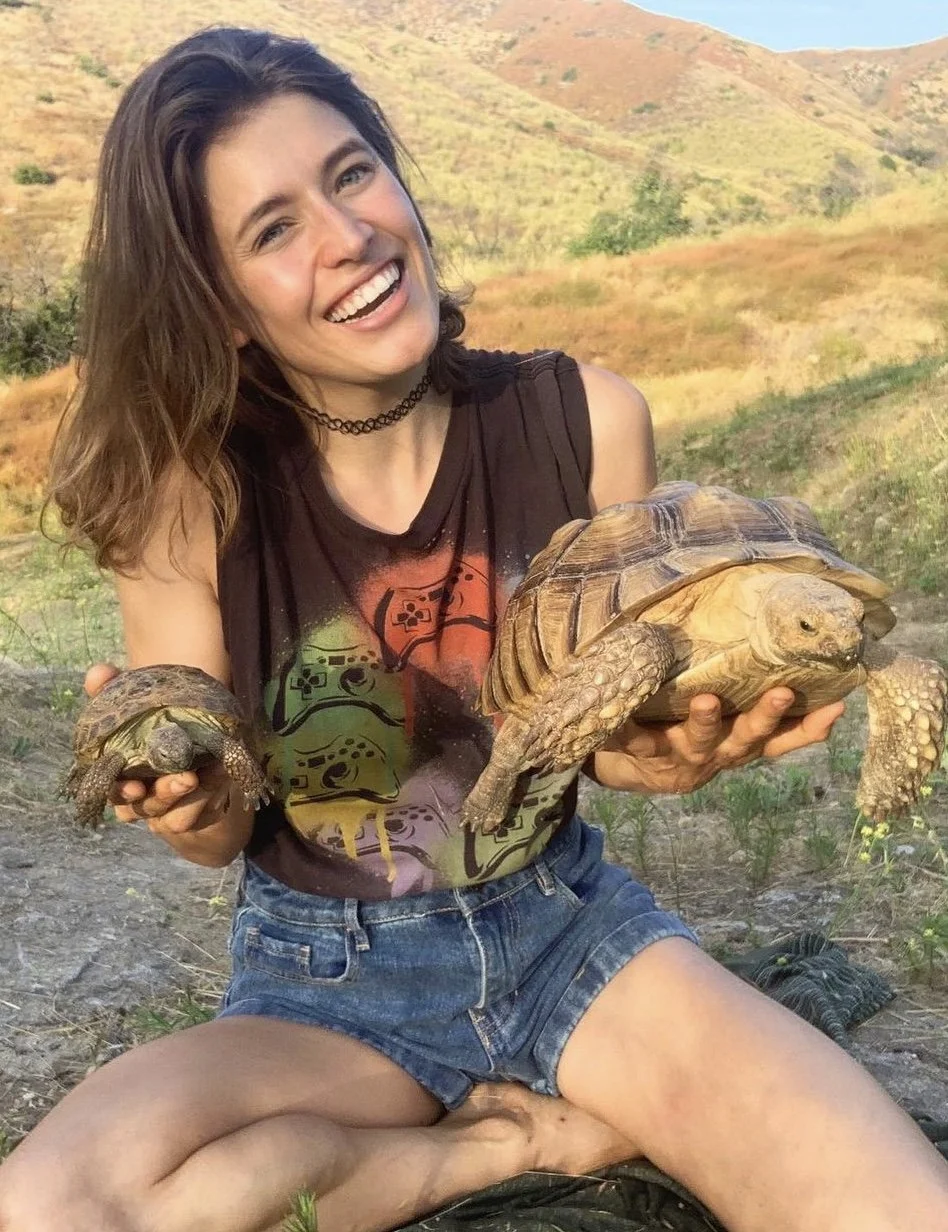4 Reasons Why You SHOULDN'T Get a Tortoise
Photo by Clint Patterson on Unsplash
Tortoises are popular pets. When they are hatchlings and babies they are just about the cutest reptiles you can own. At my reptile shows, I often hear about people that had a tortoise they had to surrender. Though they are fantastic pets, there are several things you have to consider before purchasing a baby tortoise as a pet. Here is a list of 4 reasons why you might not want a tortoise as a pet.
1 - THEY GROW VERY LARGE AND HEAVY
That baby Sulcata Tortoise you see at the reptile shop will grow 30 times it’s current size in 3-4 years. At first you can house your new tortoise indoors in a glass terrarium. As they grow you will need to start preparing your backyard to be used as a tortoise habitat. This means removing landscaping and ensuring there are no toxic plants available to them, reinforcing all solid fencing, and burying wire mesh to prevent your tortoise from escaping. With their increase in size comes an increase in weight. Female Sulcata Tortoises can grow to 100+ pounds! Moving tortoises in their adulthood can be difficult especially for someone with limited motility or back problems. Large tortoises can be moved with wheelbarrows or handcarts. It is important to research the specific tortoise species so that you know how large and heavy they will become in adulthood.
2 - THEY LIVE A VERY LONG TIME
Tortoises have very long life expectancies. Ranging from 75 - 200 years for the most common types of pet tortoises, they are considered a lifetime commitment. Most people that purchase pet tortoises realize years down the road that they will need to place their shelled pet in their wills to ensure they are taken care of for the duration of their entire lives. This can be daunting to think about, especially when life or jobs may move you and your family across the country. It isa great idea to consider the what-ifs when considering purchasing a tortoise and how you may care for your pet if your lifestyle were to change.
3 - THEY EAT A LOT OF FOOD
Tortoises are primarily herbivores with some occasional interest in meat foods. This requires you to provide fresh fruits and veggies daily to ensure your pet stays healthy and active. With a baby tortoise it can be quite simple and affordable to chop and feed them daily. As they grow it means more trips to the grocery store and more costly food bills. A single 4 year old tortoise will eat 1 bag of greens and 1 yellow squash in a day. Tortoises are grazers and eat throughout the day. This means your tortoise will need you to provide enough food for them to eat steadily all day long. This can become difficult for tortoise owners to accomplish if they have a busy work schedule or they would like to go on vacation. Pet sitters generally are open to look after your tortoise if you decide to travel out of the area.
4 - THEY REQUIRE SPECIFIC ENVIRONMENTS
In some locations, such as California, desert tortoises can thrive outdoors with the natural weather conditions of the area. However, not all species need to same environments or nutrition. This can make caring for a tortoise difficult if you have never cared for another reptile before. Considerations like UV lighting, required supplements, and temperatures need to be understood for the particular species before bringing home your pet tortoise. Sulcata tortoises and Red footed tortoises are amongst the two most popular tortoise species to own. Sam’s Caresheets will help you understand their specific requirements and whether they are the right pet tortoise for you.


